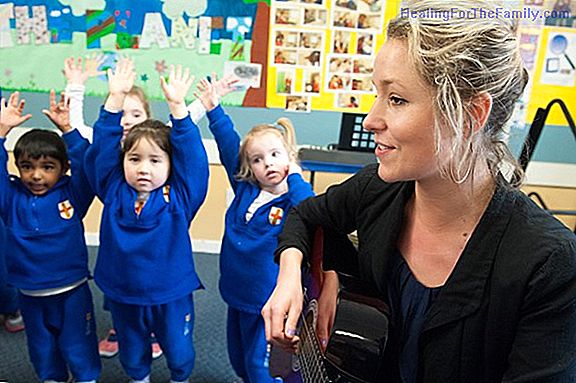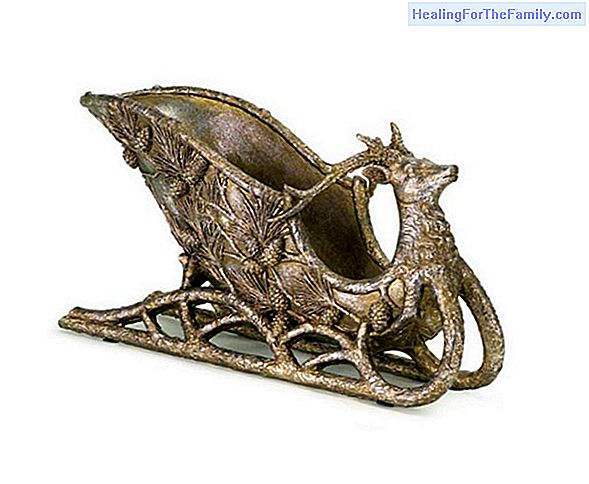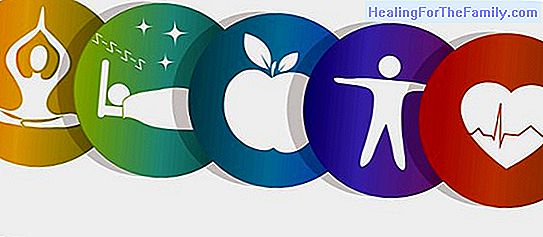What is preventive mastectomy
One of the diseases that most affect women is breast cancer. A few years ago the actress Angelina Jolie underwent a mastectomy without being diagnosed of this disease. The reason was that there was a history in her family, and she wanted to prevent the onset of cancer. This decision had a lot of soc
One of the diseases that most affect women is breast cancer. A few years ago the actress Angelina Jolie underwent a mastectomy without being diagnosed of this disease. The reason was that there was a history in her family, and she wanted to prevent the onset of cancer. This decision had a lot of social impact.
The existing data suggest that preventive mastectomy can significantly reduce (by 90 percent) the risk of developing breast cancer in women of moderate and high risk. However, no one can be sure that this procedure will protect a certain woman from breast cancer.
What is the preventive mastectomy

The preventive mastectomyis the surgical removal of one to both breasts con, with the aim of preventing or reducing the risk of breast cancer. Different interventions can be performed: 1.Total mastectomy
: in which the breast tissue and nipple are removed. 2.Subcutaneous mastectomy
: The doctor removes the breast tissue, but leaves the skin or skin and nipple intact. Why a woman can undergo a preventive mastectomySome of the factors that increase a woman's chance of developing
breast cancer
are the following: - Previous breast cancer
: A woman who has had cancer In one breast it is more likely to develop a new cancer in the opposite breast. Occasionally, these women may consider preventive mastectomy to decrease the chance of developing a new breast cancer. -Breast cancer family history
: Preventive mastectomy may be an option for a woman whose mother, sister or daughter had breast cancer, especially if they were diagnosed before age 50. -Hereditary breast cancer
: A woman whose genetic test is positive for changes or mutations in certain genes that increase the risk of breast cancer (for example, the BRCA1 or BRCA2 gene) may consider preventative mastectomy. -Radiation therapy
: A woman who underwent radiation therapy to the chest (including her breasts) before the age of 30 is at a higher risk of developing breast cancer throughout her life. This includes women treated for Hodkin's lymphoma. What alternatives exist to surgery to prevent or reduce the risk of breast cancerSome doctors may advise close monitoring (periodic mammograms, regular exams, including a clinical breast exam performed by a health professional, and monthly self-exam) to increase the likelihood of detecting breast cancer at an early stage.
In some cases with a high risk of breast cancer, it is recommended that women receive the intake of certain drugs such as tamoxifen, raloxifene or exemestane, which have been shown to reduce the risk of contracting this type of cancer.
It can also be recommended for women at high risk of limiting their alcohol consumption, eating a low-fat diet, exercising regularly, and avoiding the use of hormones for the treatment of menopausal symptoms. Although these lifestyle recommendations make sense and are part of a healthy lifestyle, there is still no clear and convincing evidence that specifically reduces the risk of developing breast cancer.












